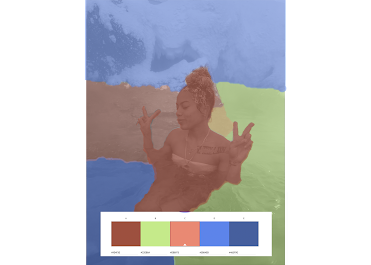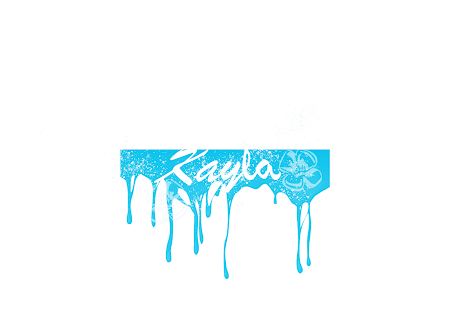B&W to color
During this project I found that changing colors of an image is pretty simple. The most complicated thing about the technique is the masking tool. The color rules I used were the triad, monochromatic, and analogous. In the triad color rule, I picked three hues that are evenly separated and used these lovely, contrasting tones to decorate my area. This produced a harmonious effect, but without the somewhat ombre or monochrome design. instead, it is more intriguing and vibrant.
The Monochromatic rule I used refers to a color scheme that uses only one color tint. It only uses variations of a single hue, which are created by changing the saturation and brightness of a base color. A monochromatic color scheme may be created using any color. Even with a highly intense base color, the effect is smooth, beautiful, and comfortable for the eyes. There is no color conflict because there is only one color used. Accents and highlights, on the other hand, may be more difficult to see.When choosing my analogous color scheme, I wanted to choose a set of colors with enough tonal contrast that each one can be easily identified. Similar hues are attractive to the eye and can be found in abundance in nature. I thought this would be perfect for the Alaska setting I had in the original photo.









Comments
Post a Comment